Liquefied Petroleum Gas (LPG)
Control button
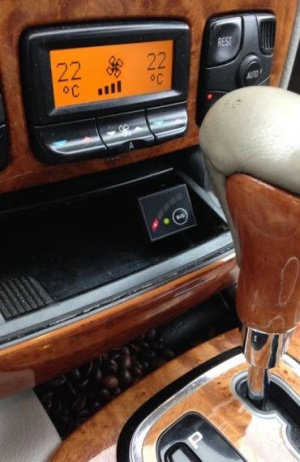 |
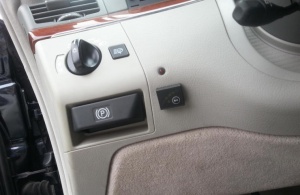 |
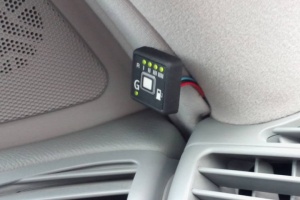 |
Refilling port
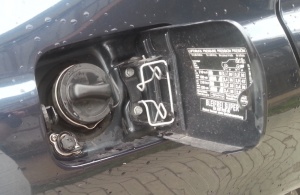 |
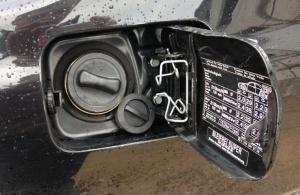 |
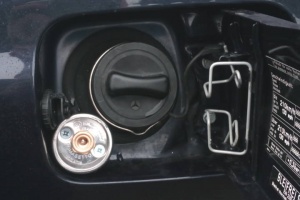 |
Tank
 |
Fuel gauge error
When riding using LPG the fuel gauge may show empty level and log the error message shown below. The error is triggered if the car computer detects that after some time of driving the fuel level in the tank is not decreasing.
| Error Code | Generated by | Description |
|---|---|---|
| P203A-008 | ME-SFI 2.8 - Motor electronics 2.8 | Fuel tank level : See tank level sensor (P1999) |
| B112A | ICM - Instrument cluster with maintenance interval display | Fuel tank sensor tight installation recognition: The fuel tank sensor signal is not plausible. |
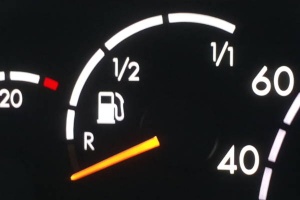
To disable fuel tank sensor tight installation recognition in the instrument cluster, the instrument cluster coding can be changed using DAS:
Control unit adaptations -> Variant coding -> Codings specific for instrument cluster -> Fuel tank sensor tight installation recognition -> NOT PRESENT
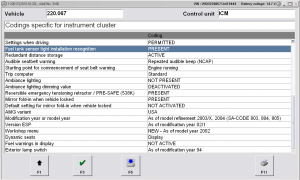 |
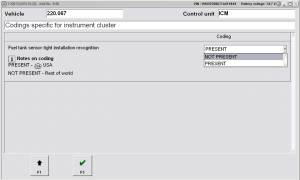 |
Spark plugs
From DENSO marketing material:
LPG and CNG converted cars:
The ultimate spark plug to use in an LPG engine is the Iridium TT which meets all standard requirements. In the lower cost segment, Nickel TT is the perfect alternative for LPG engines in the place of Nickel, the original fitment for petrol engines. Igniting the air/fuel mixture for both liquid petroleum gas (LPG) and compressed natural gas (CNG) is even more difficult than with engines fuelled by petrol/gasoline. The increased difficulty is because LPG and CNG are injected as a gas whereas petrol/gasoline is injected in a liquid form. Gasses require a higher ionization voltage to create the spark than liquids. The gas also occupies more space than a liquid, so there is less space for fresh air inside the combustion chamber; this reduces the amount of air/fuel molecules around the electrodes. As a result, there is a higher chance of misfire. The higher voltage requirement to ignite LPG/CNG places a higher load on the ignition coil and on the spark plug. Therefore, in many cases, a spark plug with a smaller gap is chosen to reduce the voltage requirement, but the smaller gap then reduces ignition performance. An alternative method of reducing the loads on the coils and spark plugs is to use spark plugs with fine electrodes such as the DENSO range of iridium spark plugs that require lower voltages and therefore allow larger gaps to be retained. In some applications, such as turbocharged engines, the gap may need to be reduced to 0.8 mm. LPG and CNG burn at a higher temperature than petrol/gasoline, which results in larger changes in electrode temperature during the different engine cycles. These larger temperature fluctuations reduce the service life of a spark plug by around 20-30%; upgrading the spark plugs to long life iridium spark plugs will improve the life of the spark plug thus reducing overall costs.
Read more about W220 ignition system.